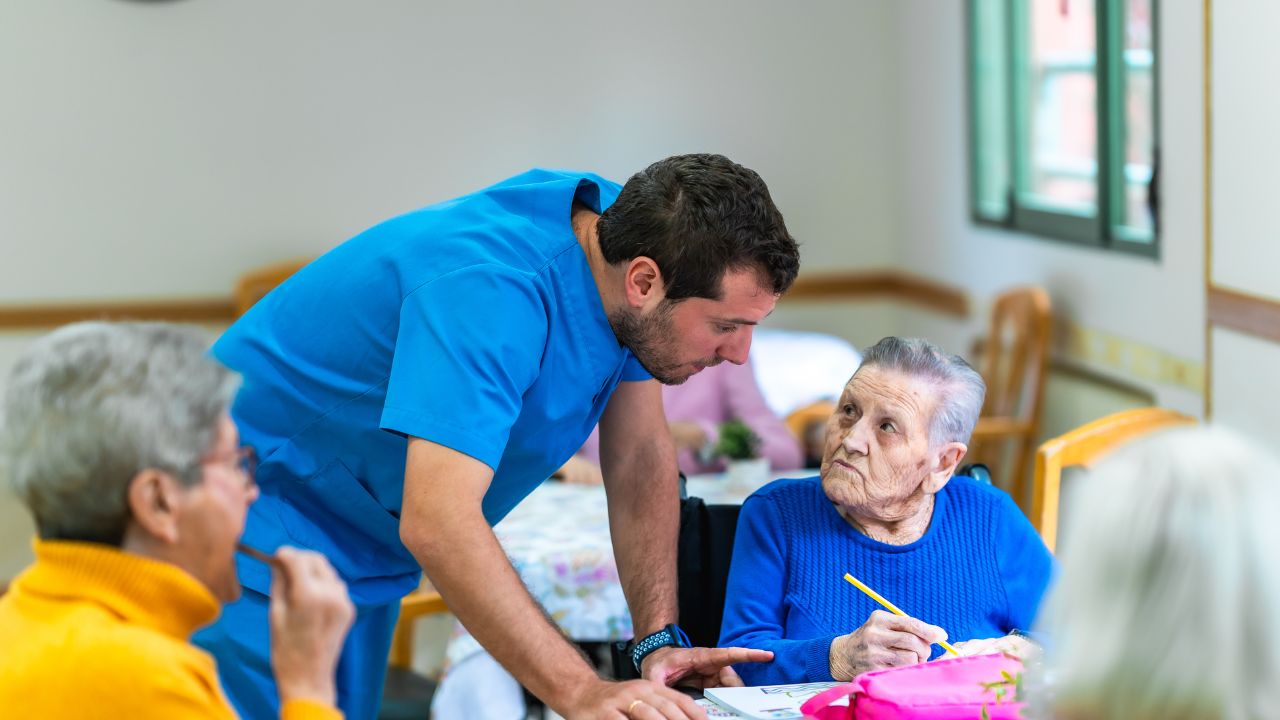Amid the Covid-19 pandemic, António Guterres, the Secretary-General of the United Nations, said, "Good communication saves lives." He called the misinformation a potentially deadly 'infodemic' and said scientists and institutions needed to reach people with accurate information they could trust. Why? Because good and effective communication in nursing is vital.
Good communication in nursing and among healthcare staff also saves lives. Eighty percent of serious medical errors come from miscommunication among healthcare staff during patient handovers, and medical errors are the third leading cause of death in the United States.
Not only is communication vital among staff, but nurse-patient communication can also be therapeutic and crucial to healing. Effective communication relies on personal qualities, communication skills, and techniques. For success in healthcare, practice the eight Cs of competent, trustworthy communication:
What Are the 8 Cs of Communication in Nursing?
Clear
Clarity, especially regarding purpose, pertinent information, and the results you expect, can avoid misunderstandings that often lead to added stress, delays, or even costly or deadly medical errors.
Correct
The communication will be trustworthy and effective only if the information is consistently correct and timely.
Complete
Make sure you gather and share all the relevant information, with details, facts, and figures, to develop a common understanding and reach well-informed decisions and actions.
Concise
Reliable statistics speak for themselves and can be pretty revealing. However, interesting but irrelevant facts or insights disperse attention, and the actual message is likely to be lost. Furthermore, information must be concise and concrete, selected and to the point.
Considerate
Whether sharing a concern with the staff or engaging with a patient, awareness and consideration of their perspectives and viewpoints enrich your understanding and captivate their attention.
This is key, especially when you are in a multicultural group or know that some do not share your thinking.
Courteous
In all cases, courtesy and genuine respect toward the feelings and emotions of your patients, colleagues, or superiors fosters open, trusting communication. Even in written communications, appropriate words and a respectful tone strengthen the connection with the recipient.
Courageous
The courage to speak up is a distinguishing quality in a nurse, whether it be regarding a safety issue in the operating room, even if the process is already underway, or about a patient's preference that has been neglected, or honest feedback with your manager or patients. Your alert can make the difference between life and death.
Compassionate
Compassion combined with courage is a powerful blend and the hallmark of nursing, but most nurses have experienced compassion fatigue. Take a glance in a mirror to see your facial expression, checking for non-verbal signs of frustration or impatience. Take a deep breath and bring that noble compassion back into your work.
The personal skills and strengths in the 8 Cs favor oral, written, and non-verbal communication and sharpen the efficacy of techniques such as active listening, presentations, summarizing, and even silence.
Effective Communication in Nursing Tips
Silence
Silence in healthcare has been categorized as awkward, invitational, or compassionate. It is awkward when there is no clear intention, whereas invitational silence gives the patient time to process a pressing issue and has a pregnant quality. Compassionate silence recognizes a spontaneous moment of silence that naturally emerges in the conversation, often sharing and respecting a feeling. Invitational and compassionate silence support therapeutic communication.
Summarizing
Nurses often summarize what patients have told them, demonstrating that the nurse was listening and ensuring common understanding. Finishing with an easy-going question like "Does that sound right?" invites patients to make corrections or additions.
Active listening
Active listening is as essential as speaking clearly. It is paying full attention, listening for the speaker's content, intent, and feeling, and showing interest verbally with encouraging questions or brief affirmations, for example, "I see" or "Yes." With non-verbal, visual cues such as posture, nodding, or occasional eye contact, It usually takes more time, which is the hardest thing about it. Time is scarce in nursing, but active listening can make the difference in patient compliance, your knowledge and grasp of the case, or wholehearted consensus on the healthcare team.
Presentations
Is public speaking part of nursing? Yes, it is! Nurses are asked to present case histories at professional meetings, train other staff members, present their initiatives to higher management, attend interviews, speak at conferences, or explain the impact of clinical outcomes in the boardroom.
You may wish you had never accepted the honor of giving that presentation, but thorough preparation will get you through it with flying colors and add to your professional success. Speaking in front of a large audience makes most people nervous, and talking to a small knowledgeable group can be even more intimidating. A well-prepared PowerPoint presentation or a catchy brief introductory video can help you get their attention and make a compelling presentation. Remember to be clear, concise, considerate, and aware of cultural traits among the audience. Coming down off the podium and out of the limelight, presentations in day-to-day nursing are routine in transitions between shifts, and patient education, both crucial to patient safety and outcomes.
Nurses provide written reports on the condition and needs of their patients at every shift handover. The SBAR tool (Situation, Background, Assessment, and Recommendation) frames a complete, concise report. Patient education requires presenting information clearly and convincingly to engage the patients and their families in the treatment, especially after they leave the hospital. Two helpful tools are AIDET (Acknowledge, Introduce yourself, Duration, Explain, Thank You) and the BATHE Protocol (Background, Affect, Troubles, Handling, Empathy).
Whether among staff, with the patients, between nurse and physician, or in the boardroom, communication is a prime capacity for masterful nursing in this era of constant change and learning. Mastering effective communication gives you a competitive advantage in your career and smooths the often rocky way in your personal life.














